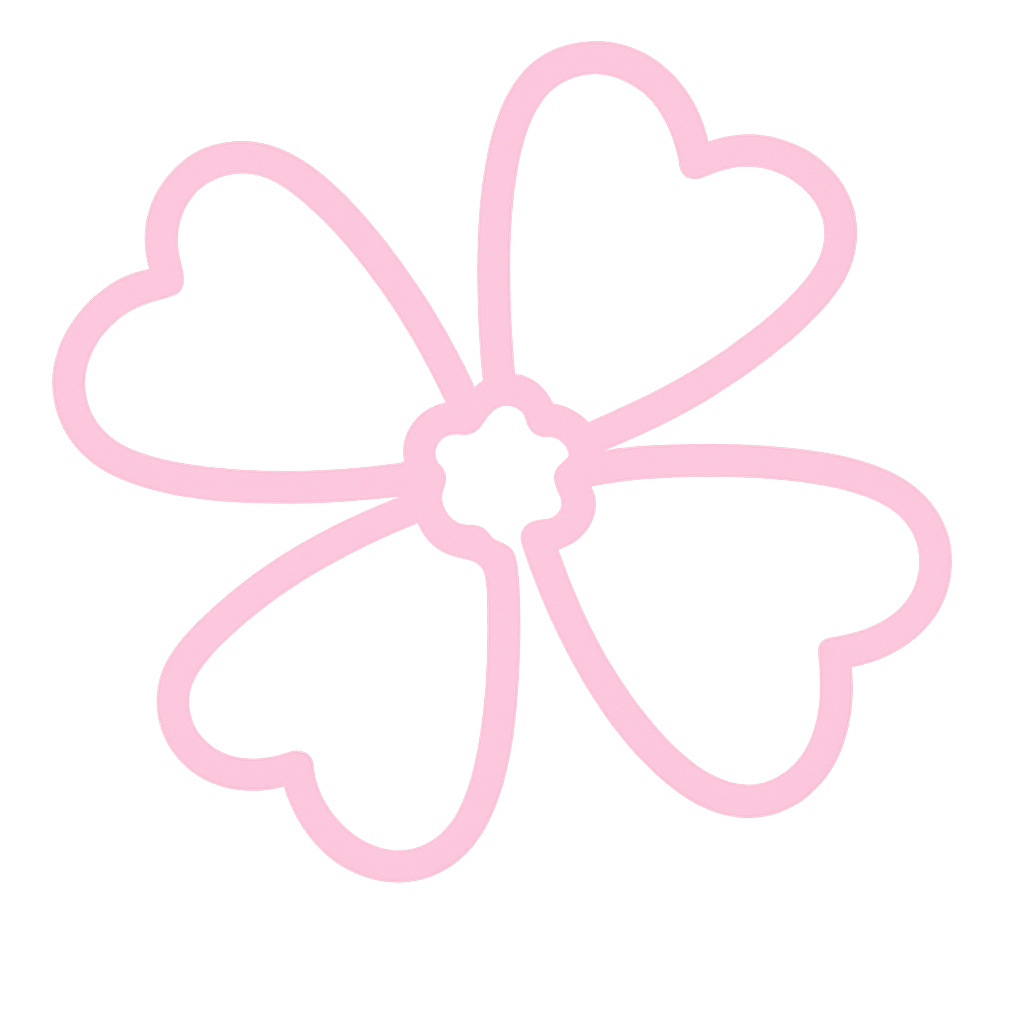Okay, so you've been scrolling through TikTok at 2 AM (we've all been there 😅), and suddenly you're bombarded with these hair-care hacks that seem almost too good to be true. But here's the thing - some of these viral tricks actually work, and I'm here to spill the tea on which ones are worth your time and which ones are just... well, clickbait.
Look, I used to be that person who'd try literally every hair hack I saw online. Rice water rinses? Check. Mayonnaise masks? Unfortunately, yes. But after years of trial and error (and some seriously questionable hair moments), I've figured out which TikTok hair hacks actually deliver results in real life.
The Science Behind Viral Hair Hacks
Before we dive into the good stuff, let's talk about why some of these hacks work. Your hair is basically dead protein - keratin, to be exact. So when these TikTok creators are showing you ways to "repair" your hair, they're really talking about temporarily filling in gaps in your hair shaft or coating it with protective ingredients.
Dr. Shereene Idriss, a board-certified dermatologist, explains that many viral hair treatments work by creating a temporary film on the hair shaft. This can make your hair appear shinier and feel smoother, but it's not actually "healing" damaged hair - that's just not how hair works, tbh.
The Rice Water Revolution
Let's start with the big one - rice water. This hack has been around forever in Asian cultures, but TikTok made it go absolutely viral. And honestly? It's one of the few that actually works.
Here's what happens when you use rice water: the starch and amino acids coat your hair strands, making them appear thicker and shinier. I've been using this hack for about six months now, and ngl, my hair feels noticeably stronger.
How to Do Rice Water Right
Don't just dump any old rice water on your head. You want to rinse uncooked rice (about half a cup) with water, then let it sit for 15-30 minutes. Strain out the rice, and you're left with this milky water that's perfect for your hair.
Pro tip: fermented rice water is even better. Let your rice water sit at room temperature for 24-48 hours before using it. The fermentation process creates additional nutrients that your hair will love.
The Olaplex Dupe That Actually Works
Okay, so Olaplex is expensive AF, and TikTok has been going crazy over DIY alternatives. Most of them are trash, but there's one ingredient that actually mimics what Olaplex does: hydrolyzed proteins.
You can find hydrolyzed protein treatments at drugstores for like $3. Look for products with hydrolyzed keratin, silk protein, or wheat protein. These smaller molecules can actually penetrate your hair shaft and temporarily "fill in" damaged areas.
The Protein Treatment Reality Check
But here's where it gets tricky - too much protein can make your hair brittle. I learned this the hard way when I was doing protein treatments twice a week (don't do this). Your hair needs a balance of protein and moisture, so alternate protein treatments with deep conditioning masks.
Ice Water Rinses: The Unexpected Game Changer
This one sounds absolutely terrible, but it works. Rinsing your hair with ice-cold water at the end of your shower seals your hair cuticles, making your hair shinier and less frizzy.
I know, I know - nobody wants to shock their system with freezing water. But even just turning the temperature down for the last 30 seconds makes a difference. Your hair cuticles literally close up, trapping moisture and reflecting more light.
The Viral Hacks That Don't Work (Sorry!)
Let's be real about the ones that are just for show. The toothpaste hair mask? Absolutely not. Toothpaste is designed to clean your teeth, not moisturize your hair. Same goes for dish soap "clarifying" treatments - you're just stripping your hair of everything, including the good stuff.
And those "hair growth" scalp massages with random kitchen ingredients? While scalp massage itself is great for circulation, rubbing garlic or onion juice into your scalp isn't going to magically make your hair grow faster. Trust me, I tried the onion thing and just smelled weird for days.
Heat Protectant Hacks That Work
One TikTok hack that's actually genius is using leave-in conditioner as a heat protectant base. Apply your regular leave-in, then layer a proper heat protectant on top. This double-layer approach gives you way better protection than using either product alone.
I started doing this about a year ago, and my hair stylist actually commented on how much healthier my hair looked despite regular heat styling. The key is using products with different molecular weights - the leave-in penetrates, while the heat protectant creates a barrier.
DIY Heat Protectant Reality
Some TikTokers swear by DIY heat protectants made with coconut oil or other natural ingredients. While these can provide some protection, they're not nearly as effective as commercial products that contain silicones specifically designed to withstand high temperatures.
The Scalp Care Revolution
TikTok has made scalp care trendy, and honestly, it's about time. Your scalp is skin, and it needs care just like the skin on your face. The viral scalp scrubs and treatments actually make sense from a dermatological perspective.
Dr. Michelle Henry, a dermatologist specializing in hair and scalp health, notes that proper scalp care can improve hair growth and overall hair health. Dead skin buildup and excess oil can clog hair follicles, so gentle exfoliation really does help.
Scalp Scrub That Works
Mix brown sugar with your regular shampoo for a gentle scalp scrub. The sugar dissolves as you massage, so you won't over-exfoliate. Do this once a week max - your scalp doesn't need daily scrubbing.
The Truth About Hair Oiling
Hair oiling videos are everywhere on TikTok, and while the practice itself is beneficial, most people are doing it wrong. You don't need to drench your hair in oil - a little goes a long way.
The best approach? Apply oil to damp hair, focusing on the mid-lengths and ends. Your scalp produces its own oil, so adding more can just make your roots greasy. I use about a dime-sized amount of argan oil on my shoulder-length hair, and that's plenty.
Silk Pillowcase Alternatives
Everyone's talking about silk pillowcases for hair health, but they're pricey. The TikTok hack of wrapping your hair in a silk scarf or using a silk scrunchie works just as well. The goal is reducing friction while you sleep, and these alternatives do exactly that.
I've been using a silk hair wrap for months, and it's made a huge difference in my morning hair situation. Less tangles, less breakage, and my hairstyles actually last longer.
Frequently Asked Questions
How often should I do these viral hair treatments?
Most treatments should be done once a week max. Your hair needs time to process and benefit from treatments, and overdoing it can cause more harm than good. I rotate between different treatments throughout the month.
Can these hacks replace professional hair treatments?
They're great for maintenance, but if you have seriously damaged hair, you'll need professional help. These hacks work best as part of a consistent routine, not as miracle fixes.
Which hack should I try first?
Start with the ice water rinse - it's free, easy, and you'll see results immediately. Then maybe try rice water if you're feeling adventurous.
Are expensive products always better than DIY hacks?
Not necessarily. Some DIY treatments work just as well as expensive products, but consistency and quality ingredients matter more than price point.
How long before I see results from these hacks?
Some effects, like shine from ice water rinses, are immediate. Others, like strength from protein treatments, take 4-6 weeks of consistent use to really notice.
Final Thoughts
Look, not every TikTok hair hack is going to change your life, but some of them are genuinely helpful. The key is managing expectations and understanding that healthy hair is more about consistency than viral trends.
I've tried probably 50+ hair hacks from TikTok (imo, too many), and the ones that work are usually the simple, science-backed approaches. Rice water, protein treatments, proper scalp care, and protecting your hair while you sleep - these aren't revolutionary concepts, they're just good hair care basics that TikTok made trendy.
The most important thing? Listen to your hair. If something makes your hair feel worse, stop doing it. Your hair is unique, and what works for that girl with 2 million followers might not work for you - and that's totally okay 💕




